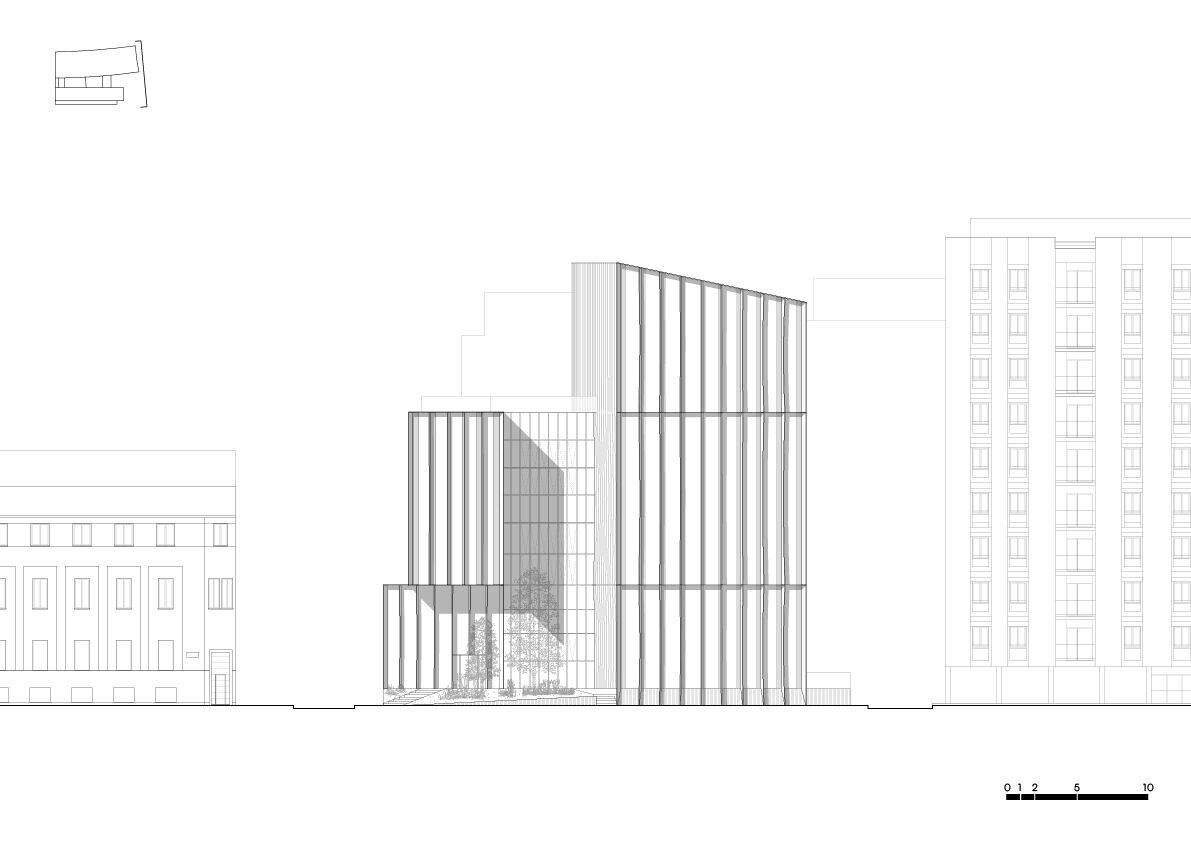A sustainable headquarters, in dialogue with tropical nature
At the intersection of Porta Nuova’s business district and the vibrant, character-rich Isola neighborhood, Park has designed Lybra, a new office complex conceived to accommodate a contemporary workspace, and now home to the new headquarters of SAP Italy.
The architectural concept is based on the idea of balance, which gives the project its name. Comprising two distinct yet harmoniously balanced volumes, the development reflects the dual nature of the city, engaging with two contrasting urban scales. The lower, recessed volume aligns discreetly with the residential fabric of Isola, while the taller building opens towards BAM -Biblioteca degli Alberi, establishing a visual and conceptual connection with the verticality of Porta Nuova’s skyline. Between them, a third element, the Green Void, acts as a hinge, both spatially and symbolically.
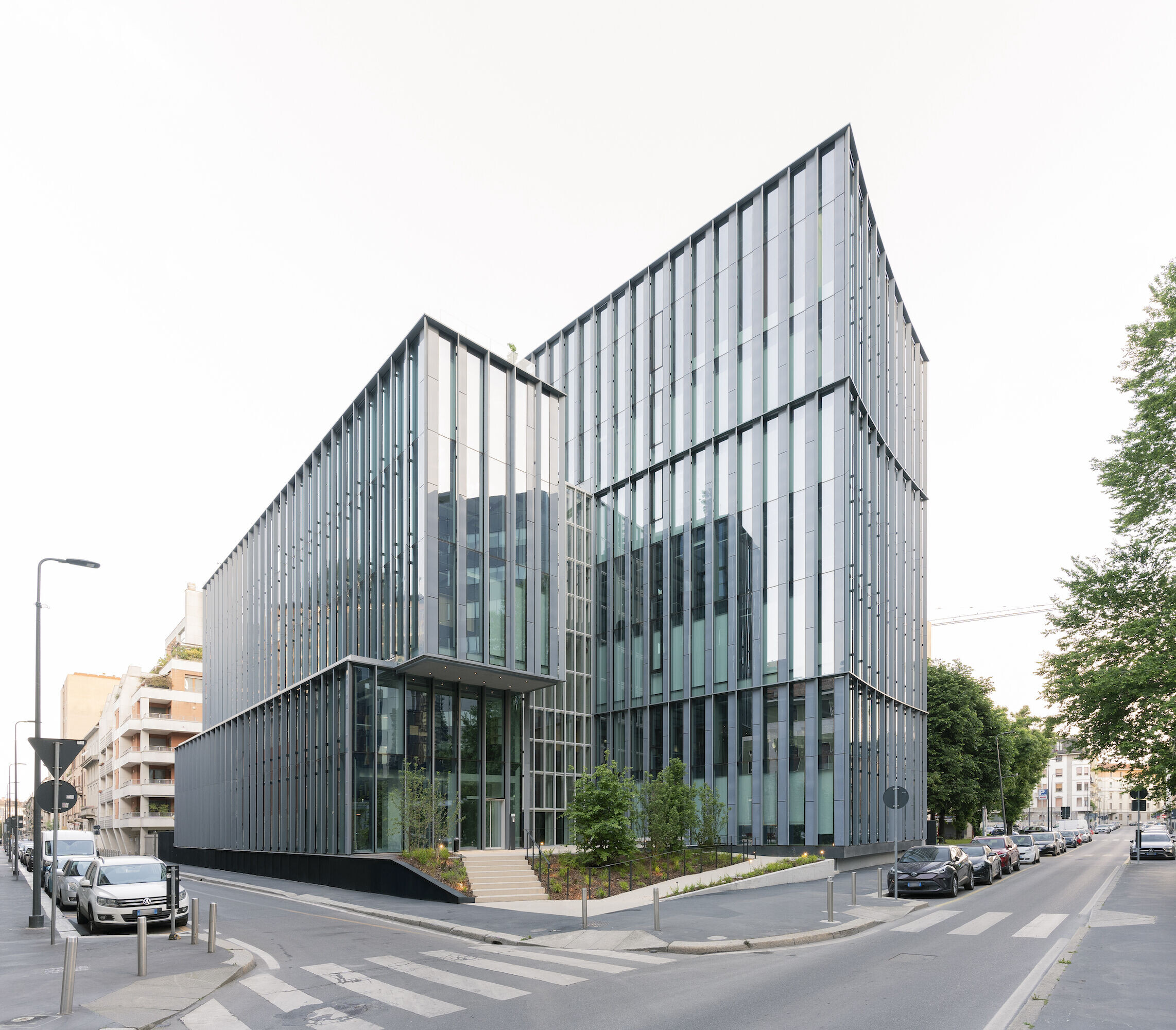
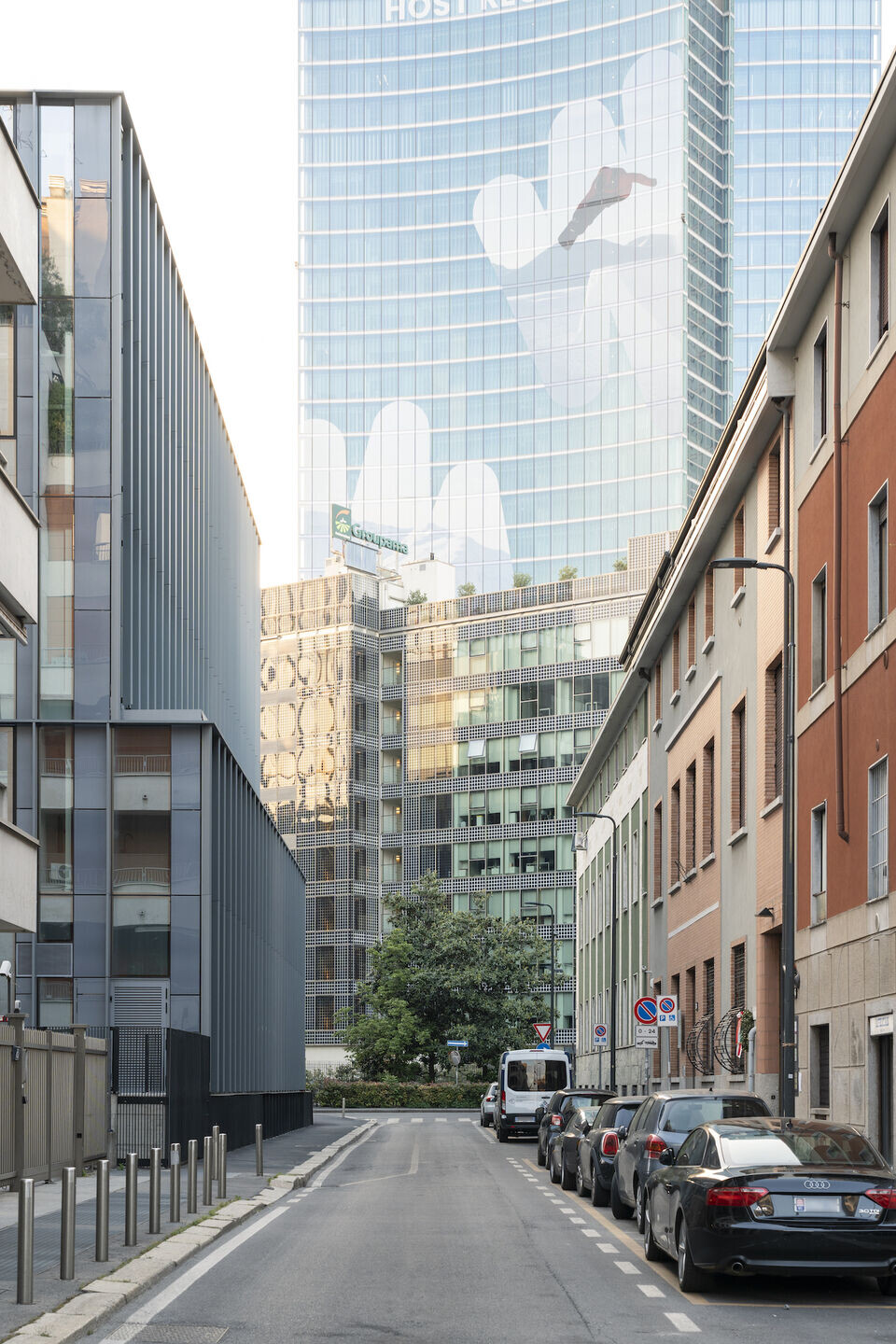
Instead of asserting itself through mass, Lybra introduces urban porosity. A new public plaza is carved out at the corner of the site, restoring access to a previously enclosed area. The Green Void, a fully glazed vertical space flooded with natural zenithal light throughout the day, serves as the true heart of the project. Functioning as a bioclimatic greenhouse, it hosts tropical vegetation and a monumental wooden staircase that encourages vertical circulation, weaving a continuous spatial narrative between the two volumes.
More than a simple transition zone, the Green Void embodies the project’s carefully considered biophilic approach. Natural light, visual permeability and tactile materials, such as sand-effect plaster enriched with cork aggregates, help create a comfortable environment that promotes the physical and mental wellbeing of its users.
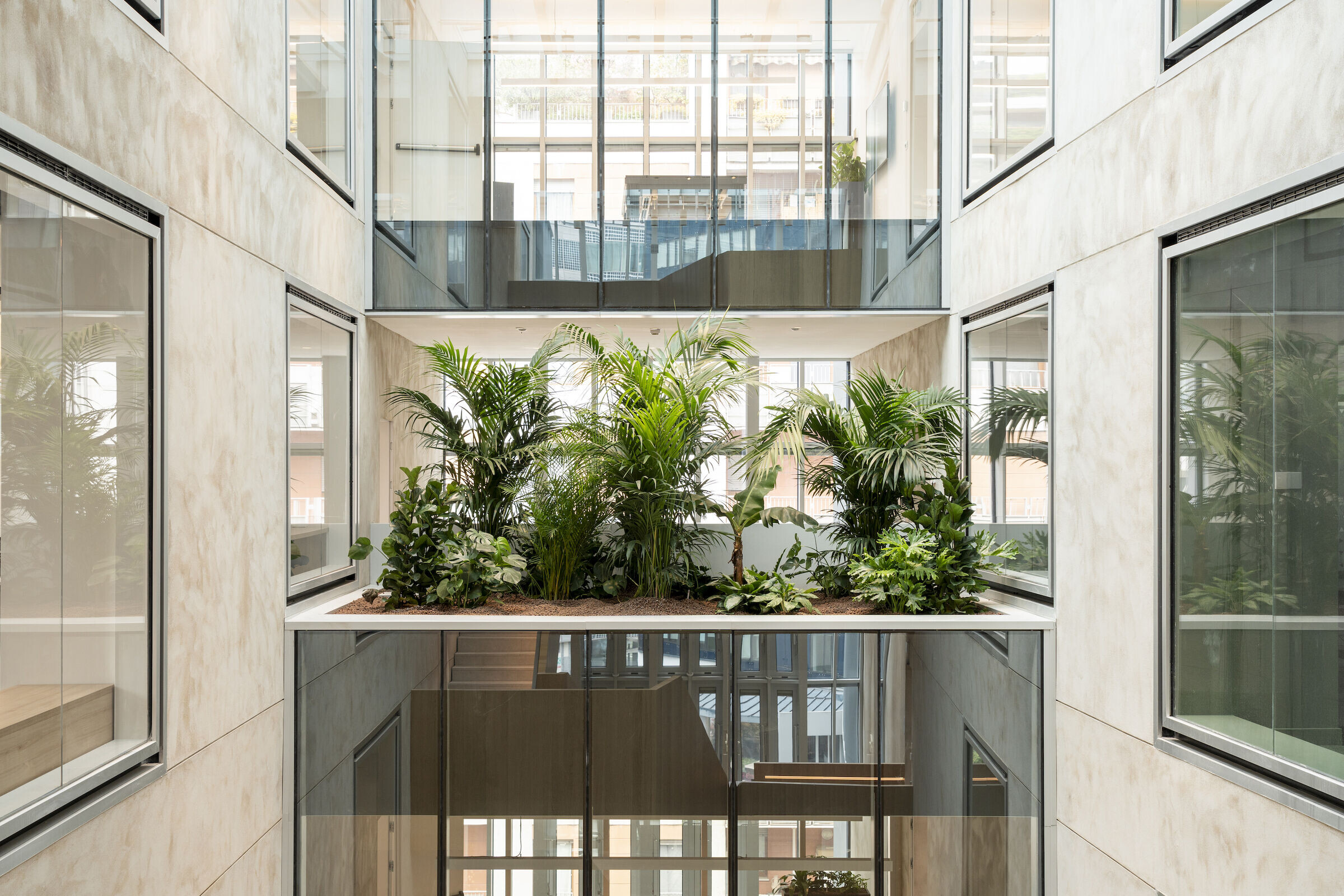

“The Green Void is not just a circulation space, but an environmental and experiential device. It creates a condition of light, transparency and nature that links the two volumes and establishes a sense of physical and emotional continuity,” says Filippo Pagliani, Founding Partner of Park. “Within this vertical void, the staircase becomes a narrative gesture. It is not simply a link between floors, but an infrastructure of connection that encourages conscious movement through space. Its form follows the light, the greenery and the vertical rhythm of the building, transforming the ascent into an immersive experience.”
The building’s envelope pays homage to the aesthetics of historic greenhouses, with a rhythmic interplay of vertical and horizontal elements and a refined balance between transparency and opacity. The façades, glazed across more than two thirds of their surface, integrate energy harvesting technology. Photovoltaic modules embedded in silk-screened glass generate clean energy while preserving the building’s elegant urban presence. The system is the result of extensive research that combines aesthetic innovation with environmental performance.
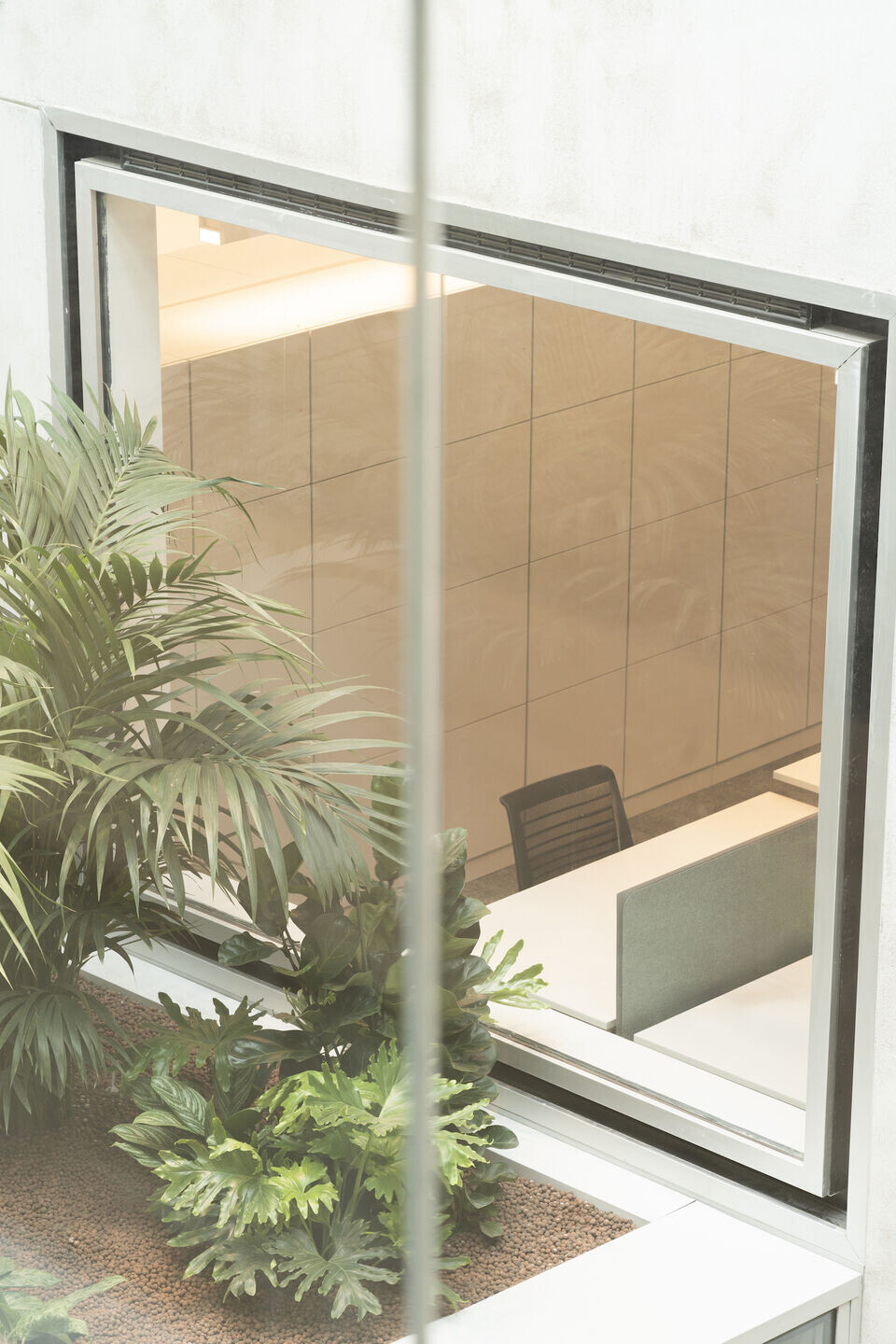

“Lybra demonstrates how sustainability and architectural quality can coexist in an advanced and integrated way. The energy harvesting façade is the result of a design process that unites technology, comfort and urban identity,” explains Michele Rossi, Founding Partner of Park. “We approached the façade as an active threshold, capable of producing energy while delivering a refined architectural expression. The photovoltaic panels are almost invisibly integrated, without compromising lightness, rhythm or transparency. It is a technical solution that becomes architectural language, readable as a pure design element.”
Lybra acts as a catalyst for urban connection, both functional and emotional. Its dual volume composition reflects the site’s inherent contrasts, while the transparency of the Green Void mediates between openness and enclosure, nature and architecture. The building’s sustainability strategies, including passive solar shading, photovoltaic integration and natural ventilation, are seamlessly embedded within its formal language, creating a workplace that is more than just a functional space. It becomes a platform for interaction, movement and regeneration.
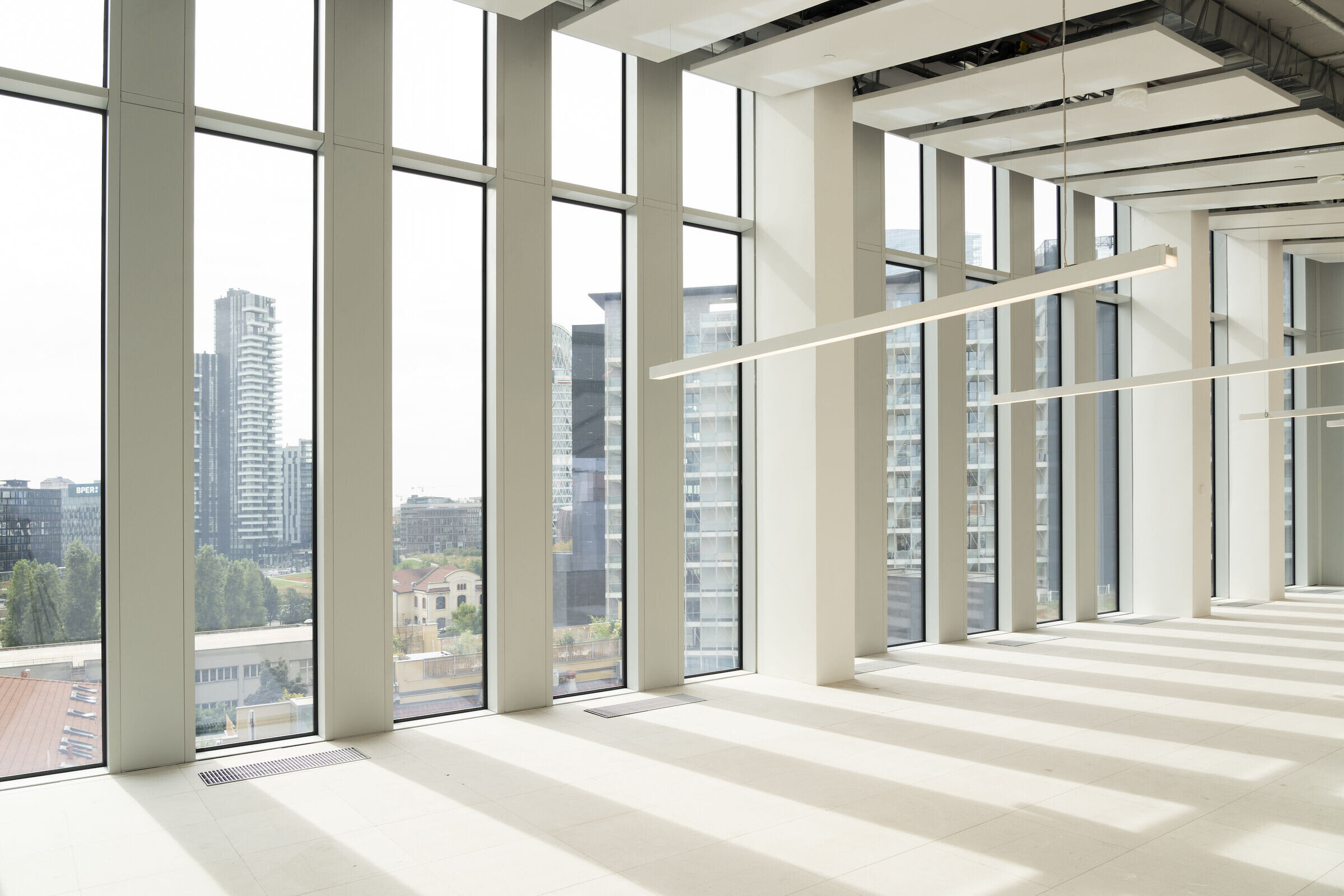
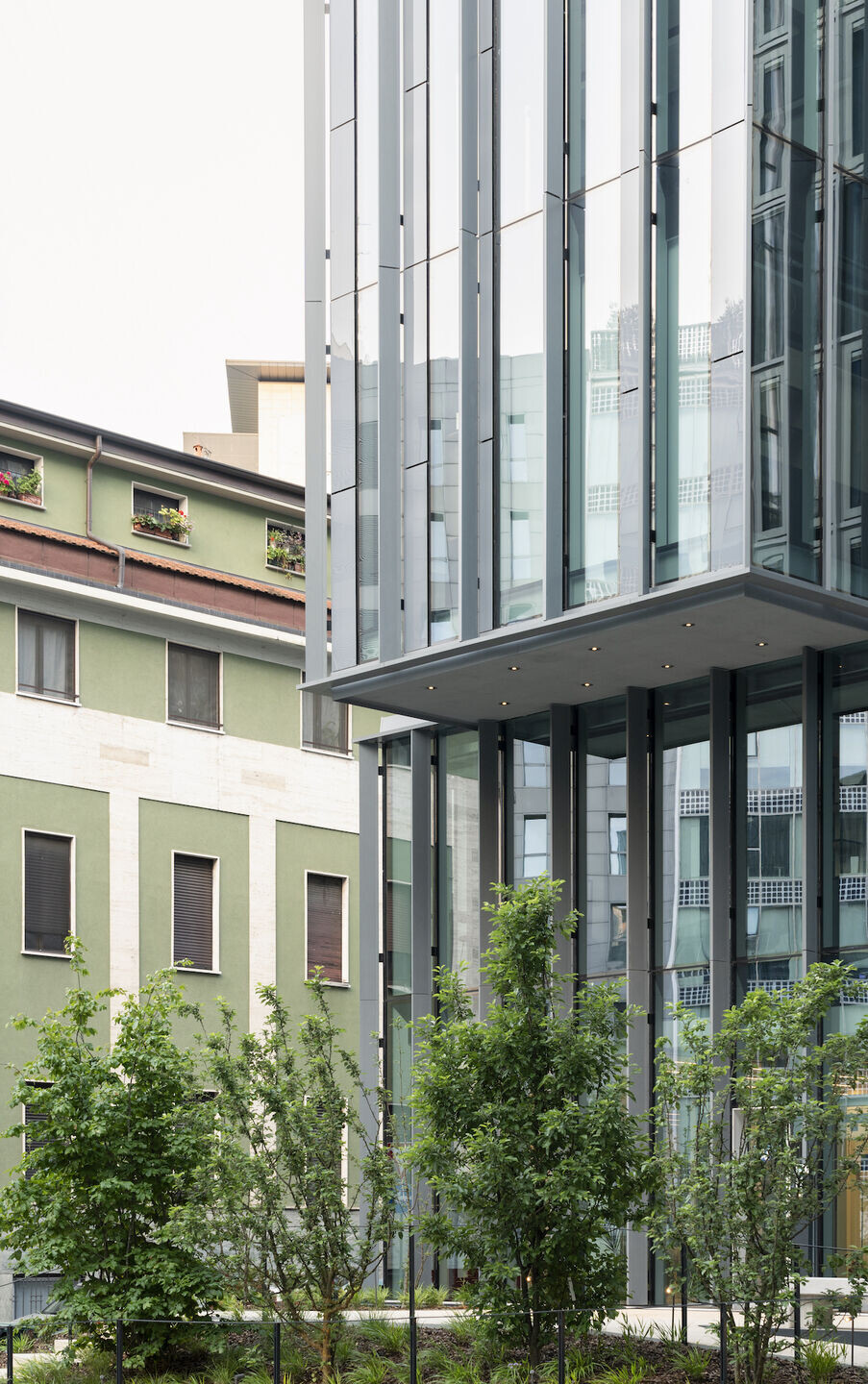
By redefining the boundary between private and public, between glass and greenery, Lybra contributes a new sense of urban balance to Milan’s evolving architectural landscape.
Park is an interdisciplinary collective of architects, designers, and researchers, united by the desire to shape the future of the built environment. Founded in Milan in 2000 by Filippo Pagliani and Michele Rossi, the studio operates across architectural, urban, landscape, interior, and product design, championing an interdisciplinary approach.
Every project developed by Park inhabits its own specific context, from the Regione Lombardia skyscraper to the headquarters of Luxottica and Salewa, from residential and retail spaces to the revitalization of modernist buildings or entire neighborhoods. Park immerses itself in the deep richness of each design opportunity, to uncover its inherent identity and deliver a transformative vision. One that’s new, unique and coherent in all its elements. Operating at the intersection between tradition and innovation, the studio excels at reinterpreting and regenerating cities to become new models of liveability and sustainability, using adaptive reuse as a core strategy.
The collective looks far ahead, anticipating the full impact of its architecture. By doing so, Park gives form to a multitude of experiences, researches and perspectives, striving to enrich lives and foster a new bond between people, places and planet.
Park has won numerous awards, including the Premio Architetto Italiano 2024 granted by the Consiglio Nazionale degli Architetti Pianificatori Paesaggisti e Conservatori.
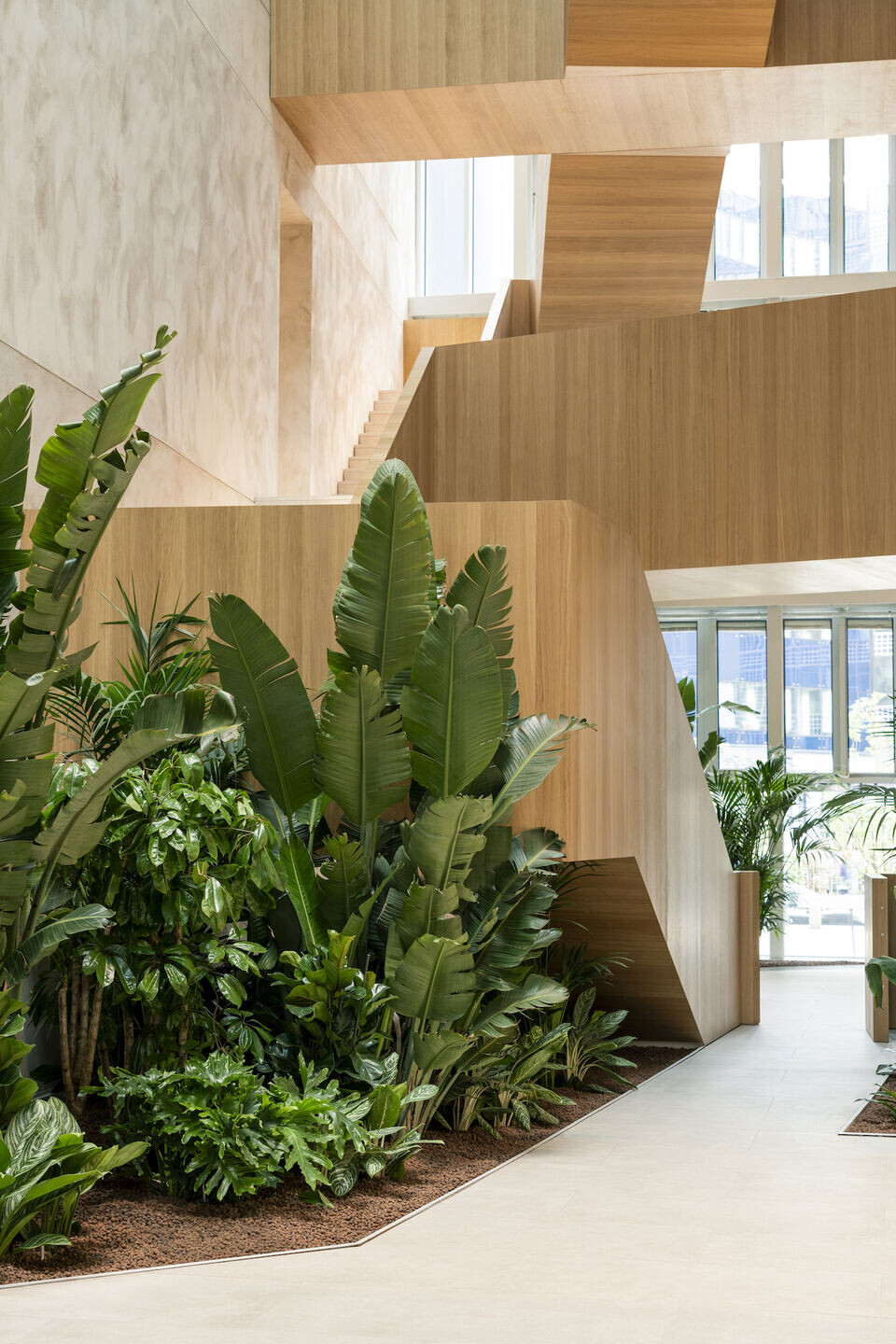
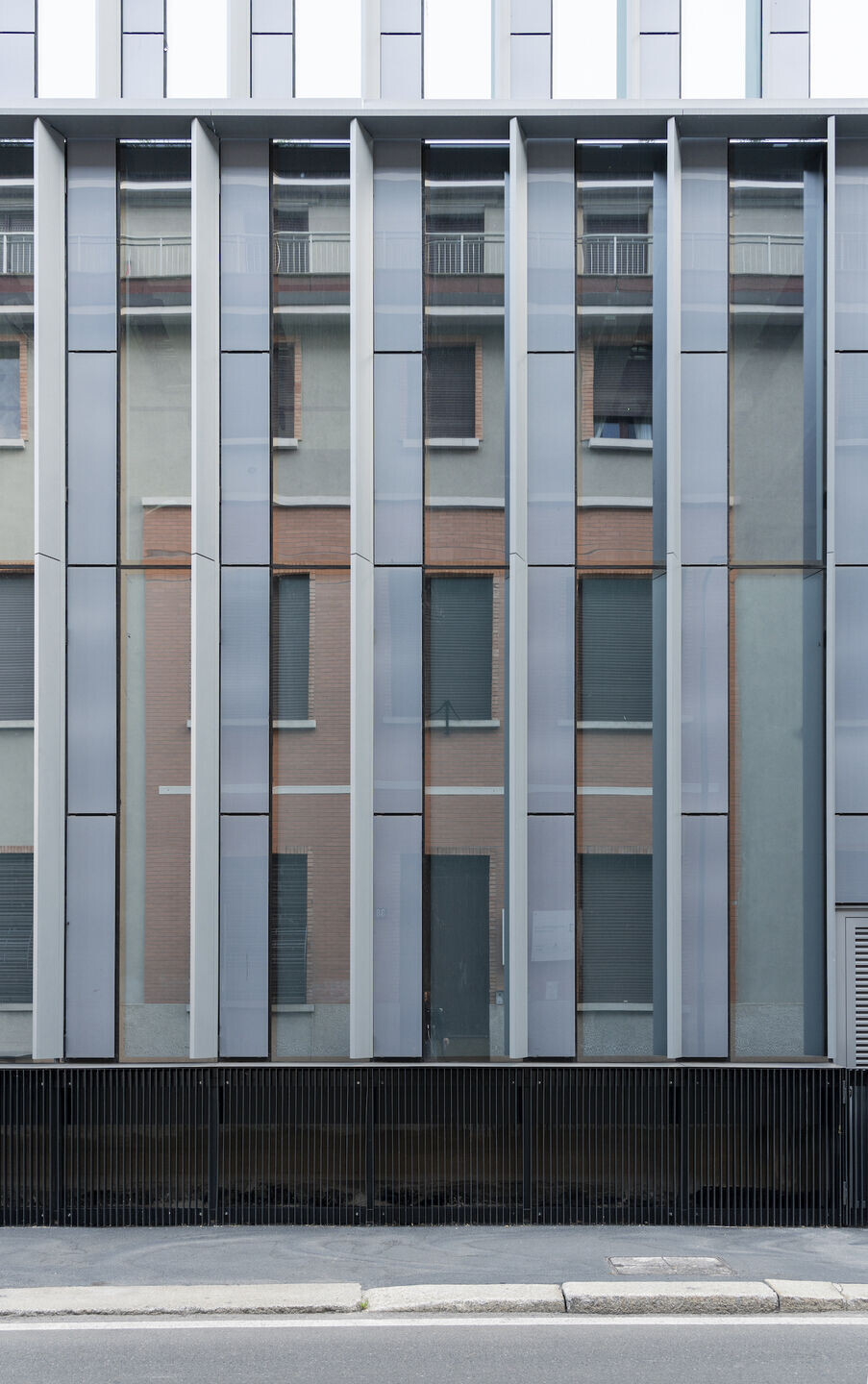
Team:
Architects: PARK
Founding Partners: Filippo Pagliani, Michele Rossi
Project Director: Alessandro Rossi
Project Director Interior: Davide Viganò
Senior Architect: Corrado Collura
Landscape Director: Marianna Merisi
Architects: Matteo Arietti, Nicola Colella, Alberto Ficele, Ana Hebborn, Simone Negrisolo, Margherita Piccin, Irene Ricciardi, Beatrice Tosini, Alice Cuteri, Ayşecan Ertin, Marco Ghezzi, Antonio Cinquegrana
Visualizers: Antonio Cavallo, Xhensila Ogreni, Stefano Venegoni
Graphic Designer: Marinella Ferrari
General and Specialized Site Management, External Areas Design and Supervision, Technical and Safety Coordination, LEED Certification: Tekne Spa
General Contractor: Costruzioni Generali Gilardi Spa
Facade Construction Design: Tecnomont Service Srl
Structural Engineering: Tekne Spa
Lighting Design: In-Visible Lab
Fire Prevention: Tekne Spa
Facade Design: Deerns Spa
Cost Control: Tekne Spa
Photographer: Nicola Colella
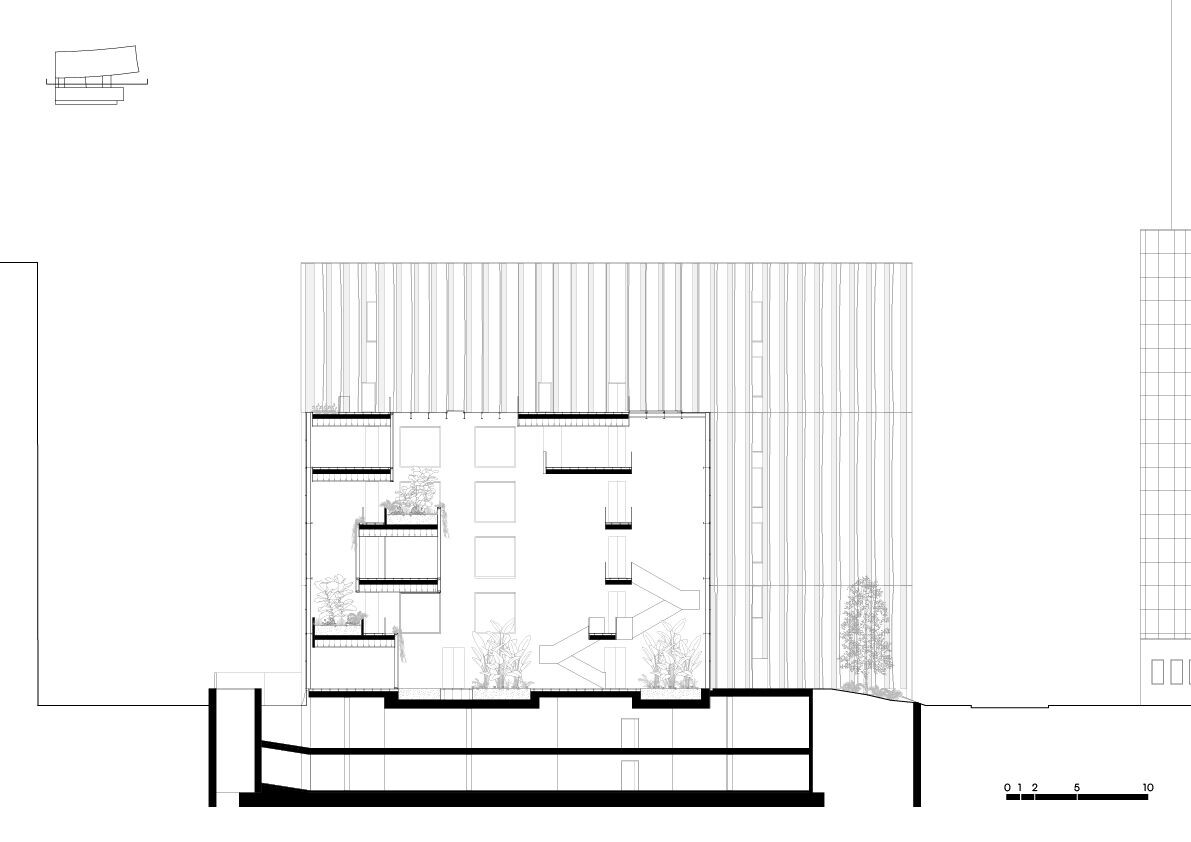
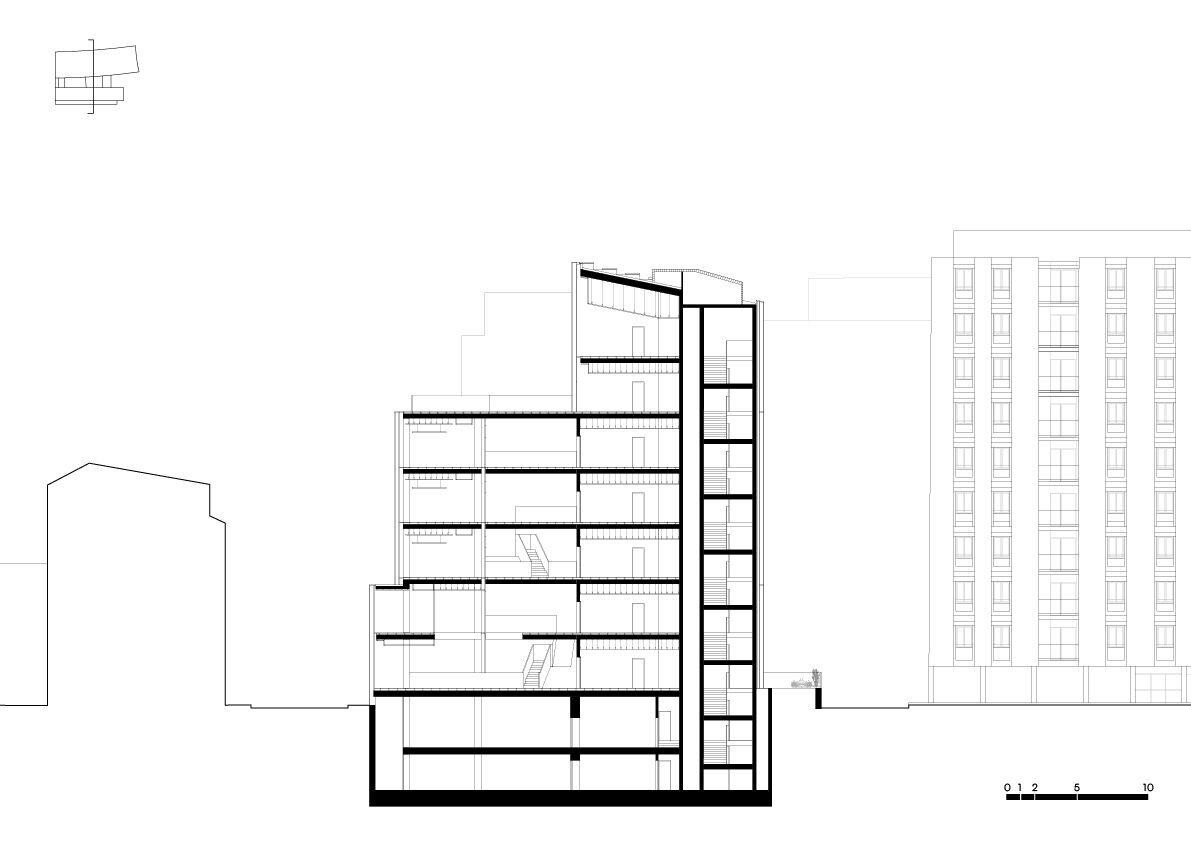
Materials Used:
Facade Photovoltaic Panels: Sunage
Bathroom Wall and Floor Coverings: Gruppo Romani / Cercom
Reception Flooring
Gruppo Romani / Cercom
Reception Wall: Diasen
Terrace Flooring: Gruppo Romani / Cercom
